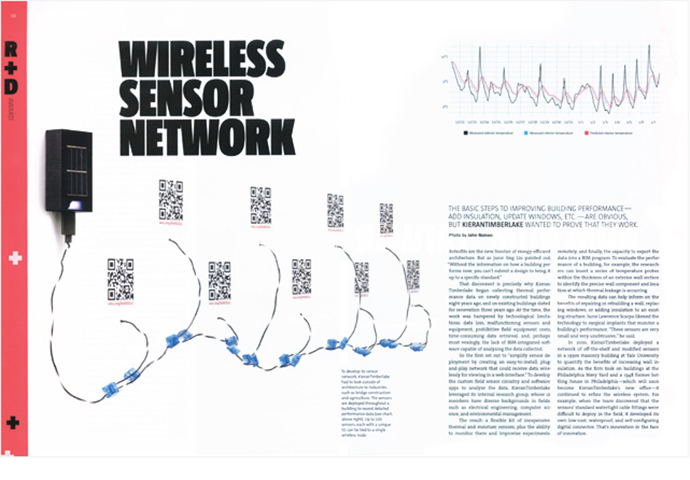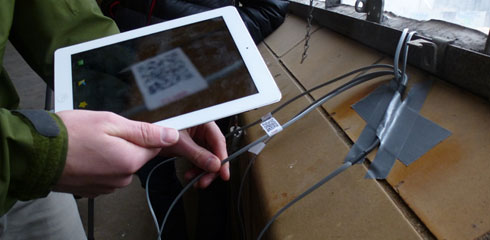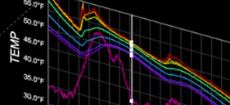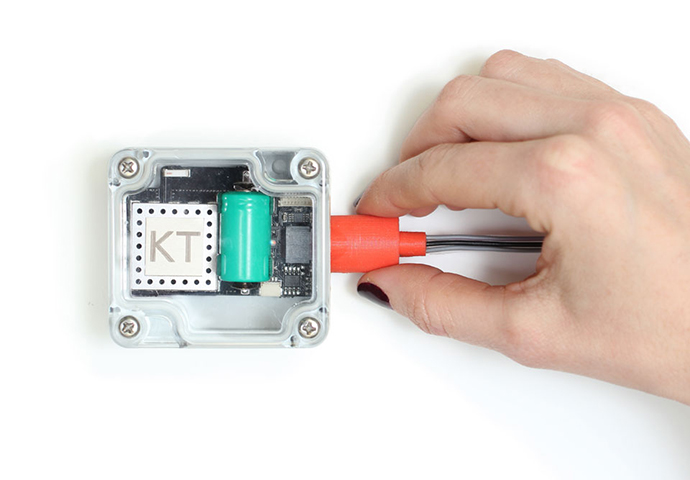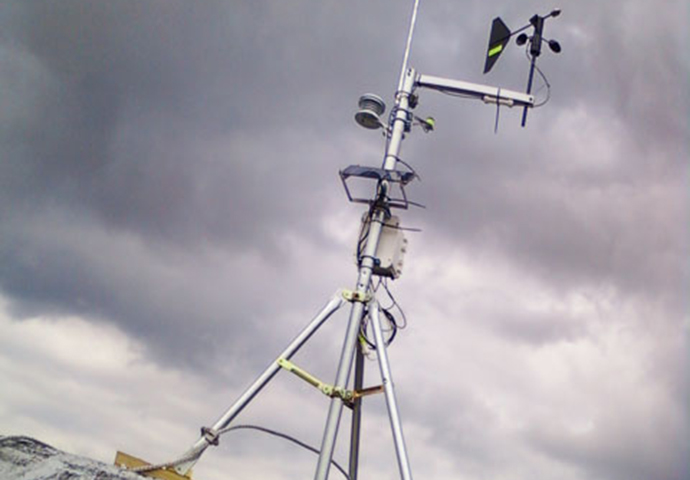How can we predict the near-future temperature of a building's interior based on combined data from wireless sensors and forecasted weather?
Analyzing sensor data in real time can help both building owners and automated building systems anticipate future conditions based on historic data. Such prognostication can be put to great uses, including supplementing building thermostat data with predictive intelligence to make buildings more comfortable. When these analytics are combined with other types of external data, such as weather forecast information, automated building systems can become responsive to actual and future environmental conditions.
Methodology
We began our predictive modeling efforts by applying advanced statistical methods and machine learning algorithms to custom analysis engines on our cloud servers. These analysis engines act on wireless sensor data, which is connected to our cloud server. The connected wireless sensors gather real-time performance data related to thermal conditions present in critical building components, such as the building envelope. The cloud server also incorporates automated weather analytics tools developed by us that acquire weather forecast data from the National Oceanic and Atmospheric Administration and other private sources. The weather analytics tools process the weather data for specific locations and make this data available to the analysis engine.
Together, these tools will allow us to communicate real-time and future analytical data to a BAS (Building Automation System), which operates a building's heating, cooling, and ventilation, as well as lighting, shades, windows, and other systems. This channel of communication will allow building designers to connect building systems to meaningful analytics, enabling design strategies such as active natural ventilation and context-aware heating and cooling.
We also paired cloud-based predictive analysis tools with our sensor data visualization smartphone app, which is currently under development.



